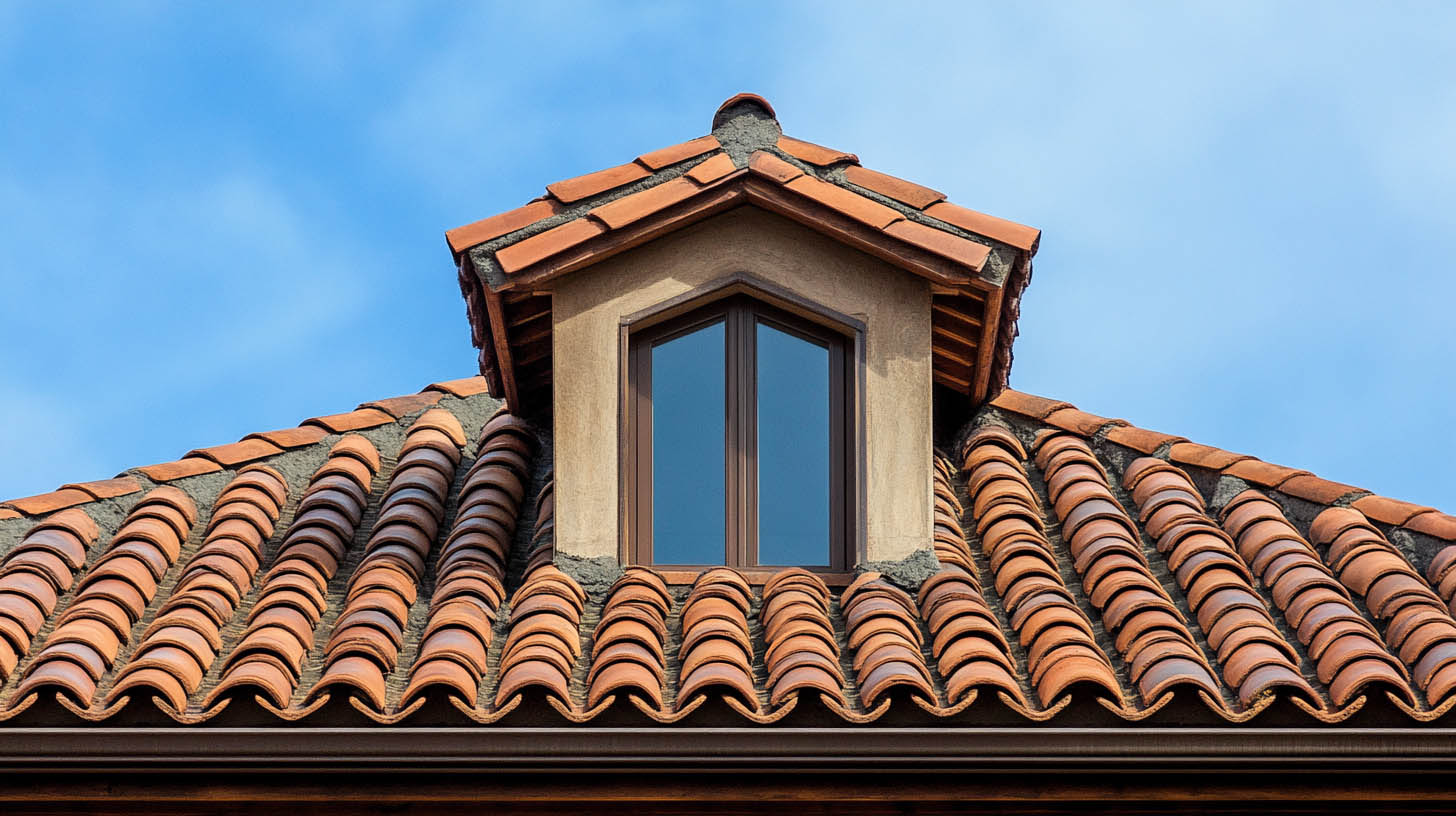
A hip roof is a versatile and durable design with slopes on all four sides that converge to form a ridge at the top. This design offers excellent structural stability and aesthetic appeal, making it a popular choice for homes in various climates. Rainstoppers Roofing provides professional consultation and installation of hip roofs in Charleston, WV.
Characteristics of a Hip Roof
Hip roofs are defined by their sloping sides that come together at the ridge. This design offers uniform weight distribution and improved resistance to wind and rain. They often feature overhangs, which enhance weather protection and curb appeal. Key components include hips, ridges, valleys, and eaves, all working together for a cohesive structure.
Types of Hip Roofs
Simple Hip Roof: Features a single ridge and four sides, creating two triangular and two polygonal sections.
Pyramid Roof: Comprises four equal triangular sides meeting at a central point, resembling a pyramid.
Cross Hip Roof: Combines two hip roofs at a perpendicular angle, forming valleys where they intersect.
Half Hip Roof: Includes a small gable at the ridge end, reducing the steepness of the hip.
Dutch Hip Roof: Blends hip and gable designs, adding visual interest and more attic space.
Benefits of Hip Roofs
Durability: With slopes on all sides, hip roofs are highly resistant to wind and rain.
Aesthetic Appeal: The symmetrical design adds elegance and complements various architectural styles.
Improved Drainage: The sloping sides efficiently direct water and snow away from the roof.
Stability: The even distribution of weight ensures structural integrity, especially during storms.
Unique Fact:
The oldest known hip roof in the United States is the Block House in Claymont, Delaware, built in 1654.
Challenges of Hip Roofs
Cost: Hip roofs require more materials and labor compared to simpler gable roofs, increasing the overall cost.
Complex Construction: The intricate design involves additional seams, valleys, and flashing, which may require skilled labor.
Maintenance: Regular inspections are necessary to address potential issues like worn flashing, debris buildup in valleys, or ventilation challenges.
Popular Materials for Hip Roofs
Asphalt shingles, metal, and clay tiles are common choices for hip roofs. Metal and clay tiles offer superior longevity, while asphalt shingles provide affordability and versatility. In hurricane-prone areas like Florida, hip roofs with metal materials are preferred for their ability to withstand high winds.
Hip Roofs vs. Gable Roofs
| Feature | Hip Roof | Gable Roof |
| Roof Ends | Four, meeting at the ridge | Two, forming an A-shape |
| Wind Resistance | High | Moderate |
| Cost | More expensive | Less expensive |
| Construction | Complex | Simple |
| Attic Space | Limited | More |
FAQs
1. Are hip roofs more expensive than gable roofs?
Yes, due to their complex design and additional material requirements.
2. Do hip roofs require more maintenance?
Regular inspections are necessary to address potential leaks or debris buildup.
3. Can hip roofs handle extreme weather?
Yes, they are highly durable and well-suited for areas with strong winds and heavy rainfall.
4. What is the lifespan of a hip roof?
It depends on the material, with metal or clay tiles lasting 50+ years and asphalt shingles around 20–30 years.
5. Are hip roofs energy-efficient?
With proper ventilation and insulation, they can improve energy efficiency by regulating attic temperatures.
Conclusion
Hip roofs are a blend of beauty and functionality, offering durability and visual appeal. They are ideal for areas prone to extreme weather but come with higher costs and maintenance needs. For expert guidance on hip roof designs and installations, consult with Rainstoppers Roofing. If you want to read a blog about what exactly an asphalt roof is, click here.
